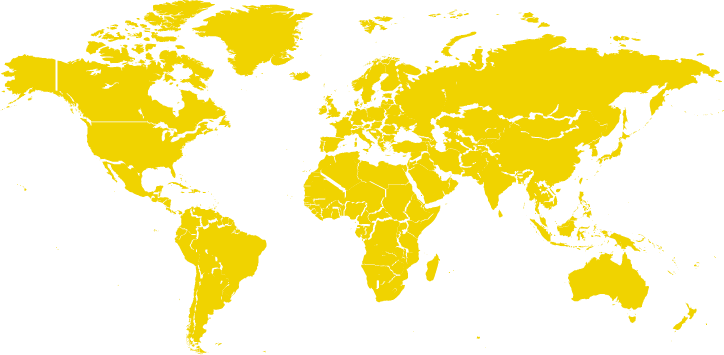July 8, 2020
By William Swing
THREAT
From the time that Russia and the United States built sizeable nuclear arsenals, the prevailing guiding principle was Mutually Assured Destruction (MAD). “We threaten you with destruction; you threaten us with destruction.” Thus, no one can afford a nuclear weapons fight. Deterrence was created that makes life safe but scary. Each country – and finally the world – hangs by the thread of threat.
TRUST
An unexpected anomaly sprang up in the MAD arena. When the number of nuclear warheads escalated to around 70,000, common sense led the leaders of Russia and the United States to negotiate with each other. Both leaders – Gorbachev and Reagan – figured that with so many weapons in so many hands, something terrible would eventually happen. With a sense of urgency that went beyond MAD thoughts, they secluded themselves in Reykjavik, Iceland, in 1986, to see if they could change the MAD equilibrium.
The great surprise was that they discovered “trust.” They even used the phrase “trust but verify.” On the basis of hard diplomatic confrontations and protection of national interests, they set in motion treaties and safeguards that led to the decrease in actual numbers of warheads and led to a direction toward a world without nuclear weapons.
Fast forward, can anyone on earth imagine the leaders of the nuclear nations – Donald Trump, Vladimir Putin, Boris Johnson, Xi Jinping, Emmanuel Macron, Benjamin Netanyahu, Arif Alvi, Narendra Modi, and Jim Jong Un – sitting together to try to figure out the best path forward for nuclear weapons? Even a greater stretch, can you imagine them developing a level of trust? Trust is dead.
TREATIES
The world has been well served by existing treaties regarding the matter of nuclear weapons. One of the foundations that allows MAD thinking to operate is the effective treaties. But they are falling apart.
The United States walked away from the Iran Agreement (JCPOA). Early warning system capability has declined significantly. The Intermediate-Range Nuclear Forces Treaty has been terminated. The Open Skies Treaty is in the process of being dissolved. No comprehensive agreement on nuclear weapons in space has been reached. Serious questions exist about the survival of the last strategic arms treaty, The New Start Treaty. The Comprehensive Test Ban Treaty – after 50 years of promises by nuclear weapons states – is still not in force. The Nuclear Non-Proliferation Treaty (NPT), the centerpiece of international security, is gradually growing weaker and may collapse.
(Climate change destruction could lead to expanded deserts. While arable land and fresh water sources disappear, then many nations would scramble to acquire nuclear weapons to protect and feed their people. No treaty could apply to such a dramatic scenario.)
CONCLUSION
Mutual Assured Destruction has been propped up by a season of trust that fashioned years of nuclear weapons safeguards and weapons reduction. MAD also has been propped up by decades of treaties which encouraged exchanges of knowledge, strata of interactions and shared goals among nuclear weapon states.
Take away all trust among leaders, take away treaties that helped keep us safer, modernize the nuclear weapons, and what have you got? The Doomsday Clock says that we have 100 seconds ‘til midnight.
